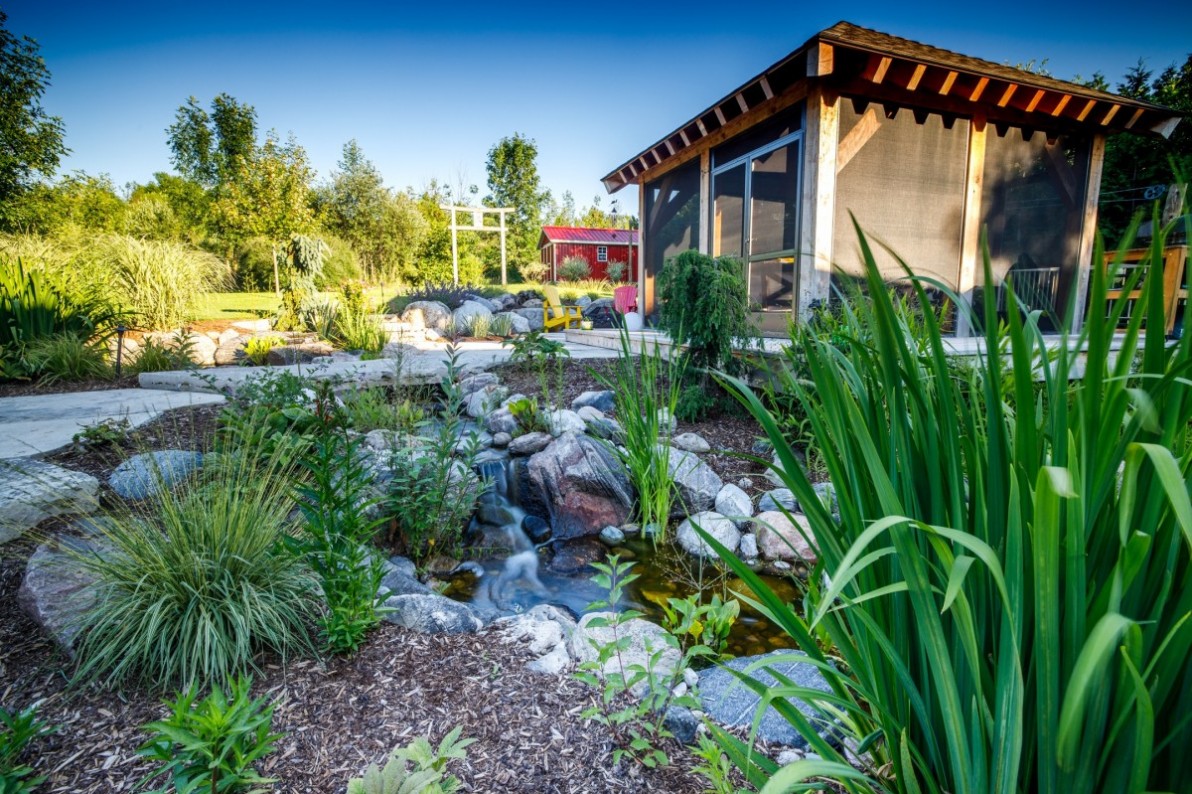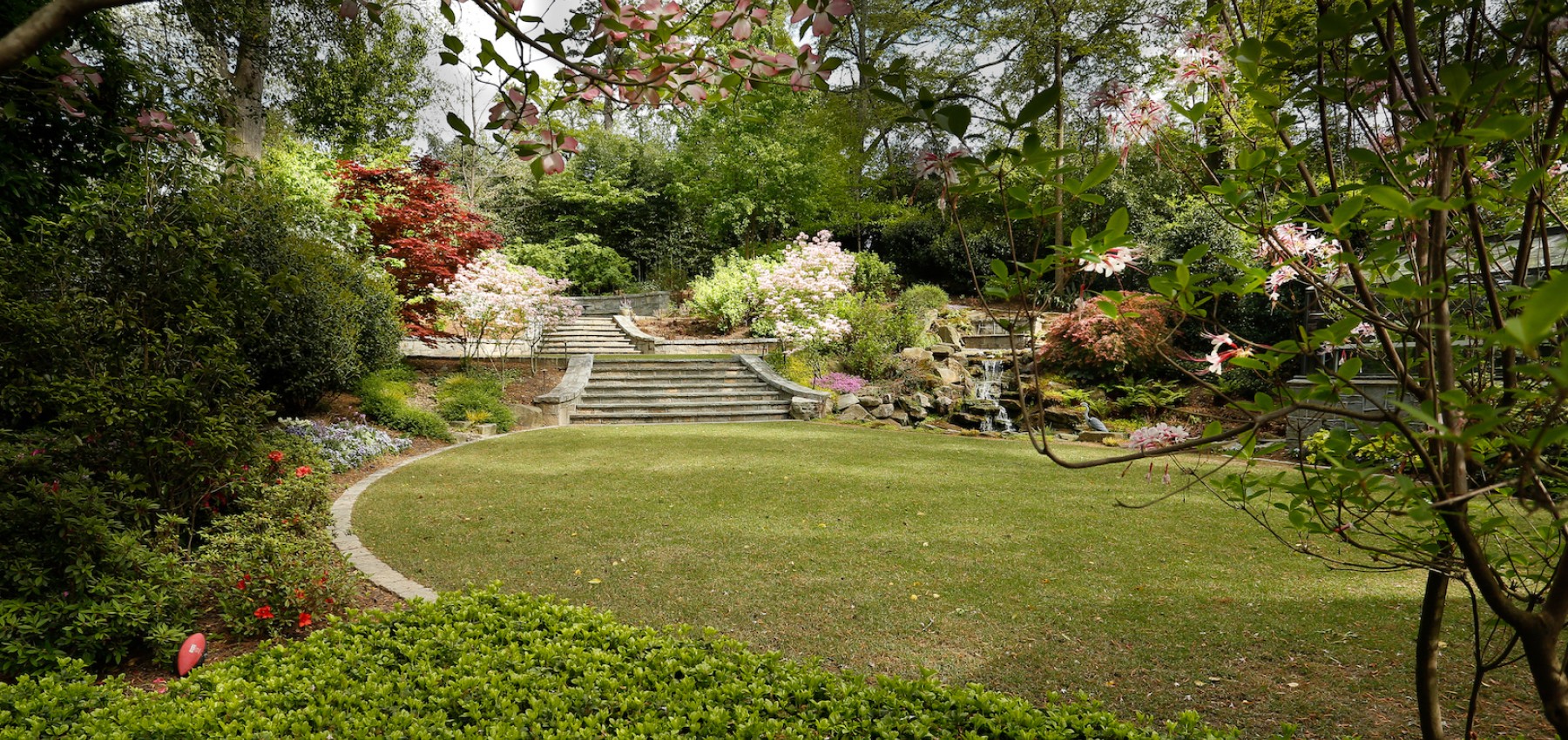The Ultimate Guide To Landscapers
Wiki Article
Our Landscapers Ideas
Table of ContentsSome Ideas on Landscapers You Need To KnowRumored Buzz on LandscapersThe Greatest Guide To LandscapersThe 5-Second Trick For LandscapersUnknown Facts About Landscapers
- A tree or shrub (bush) that loses its leaves in winter season. In the PNW there are semi-deciduous or semi-evergreen plants that may shed their leaves depending on just how cool the winter months is. Abelia and some hebe are examples. Landscapers. - A flat event space, made from wood or composite product (made to appear like timber), normally adjacent or affixed to a structure.

- Granite that is weathered to the factor that it is a very fine accumulation. This is an all-natural process, and the result can be used for courses and outdoor patios. Broken down granite is frequently referred to as DG. It is particularly beneficial in modern landscapes. - Trick landscape functions being proposed in a landscape design plan.
Getting The Landscapers To Work
These goals direct the design process, not the designer's design or choices. Typical design goals in Rose city are reduced upkeep, drought forgiving, and animal friendly. - Refine for eliminating or thinning the dead reduced degree of a mature yard. Thatch is turf that has actually died and gathered below the green blades.
Over time this layer can get extremely thick and make it tough for water, sunlight, and nutrients to get to sections of the lawn.- The process of collecting and regulating the flow of water on a property. This can be finished with grading, French drains pipes, completely dry wells, absorptive surface areas, sump pump, rainfall gardens, and a lot more.
- A slow feeding irrigation system that makes use of versatile tubing and emitters to send out an exact quantity of water to each plant. - The capacity of a plant to make it through without much summer season water.
- A yard function where water is represented by an accumulated rock item, usually a crushed rock or granite. These are most frequently located in modern-day and Japanese garden style.- A stone or natural flagstone patio area, path, or pathway developed without a concrete base. The base would certainly be compacted crushed rock and the joints would be an aggregate or walkable ground cover.
The Basic Principles Of Landscapers
- A stone preserving or free standing wall surface built without making use of mortar. A highly skilled mason is needed for a completely dry pile stone wall surface. Many Get More Information walls in Portland are moist stacked, even if they appear to be. - A below ground structure that accumulate water and allows it to slow percolate right into the dirt around it.
Landscape layout that is compatible with a sites' environment in both look and sustainability without adverse effects to the atmosphere. Bordering in the landscape is a line of demarcation that creates aesthetic rate of interest in the garden by separating one section from an additional section.
Locations can also sense of "enclosure" provided by trees, various other growings, fencings, or screens. The landscape near the entry to a structure. A tree, bush or vine, educated to expand on a wall surface or fencing right into a particular pattern. he has a good point Particularly valuable for fruit trees, making it easy to collect the fruit and having mess.
A plant that is not indigenous to the area where it will be planted. Not all "exotics" are intrusive or unsafe, and many can be well behaved or drought tolerant (Landscapers). A mass planting of brushes. Thicker bladed lawn lawn that spread via rhizomes.: The level of soil on your residential or commercial property before bark dust or garden compost is spread out.
Little Known Questions About Landscapers.

The objective, reason, or action that an area is be landscaped for. Stairways function, as an example, to allow foot traffic up and down an incline. Space for expanding plants for checking out, consuming, or physical task. A roofed structure used over an outside gathering room. The sprouting of a seed, perhaps describing a yard that is being expanded from seed.
Reduced plants that are permitted or encouraged to spread out over a location. Can refer to any kind of "hard" yard aspects including statuary or stones yet a lot of typically is utilized to refer to courses, patios, and walls.: Height difference between the degree of water in a fish pond (or the degree of the pump if it rests outside the pond) and the top outlet of water which influences efficiency of the water pump in gph (gallons per hour).

All about Landscapers
An even more kicked back yard controlled by bent instead than straight bed lines and a less stiff structure. Typical PNW landscapes are informal. A plant that spreads even more than wanted, or right into environments where it does damage. Rose city has a listing of invasive plants that need to not be set up in landscapes due to the fact that they can infect woodlands or waterways and be tough to manage.Can include head positionings and protection, pipeline sizing, GPM specs, and products needed discover this to mount this system. Certified specialist who designs landscapes, educated in design and architecture as well as in cultivation.
The professional that intends and develops landscape tasks, normally at a household or small commercial degree with the significant layout impetus on plantings. Landscape designers generally have less schooling than Landscape Architects and are not accredited. A completed landscape layout, detailing all components for the brand-new landscape. This usually takes the form of a drawing on paper.
A water tight HDPE material made use of below ponds, streams and waterfalls in water features. Utilizing several growings of the exact same variety to fill up in an area in the landscape.
Report this wiki page